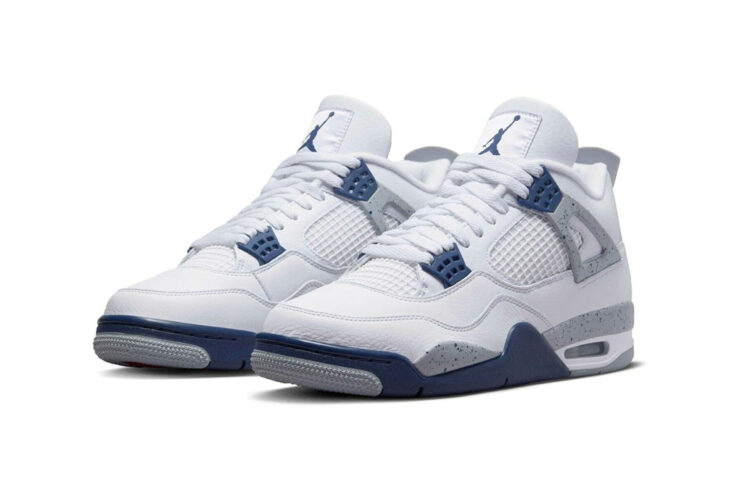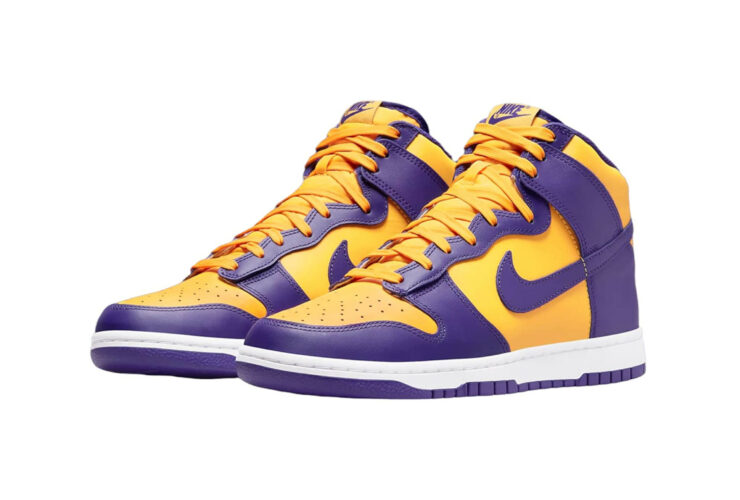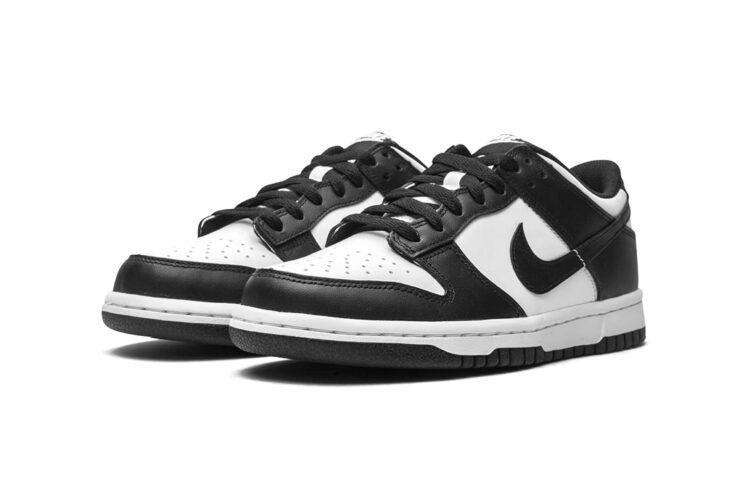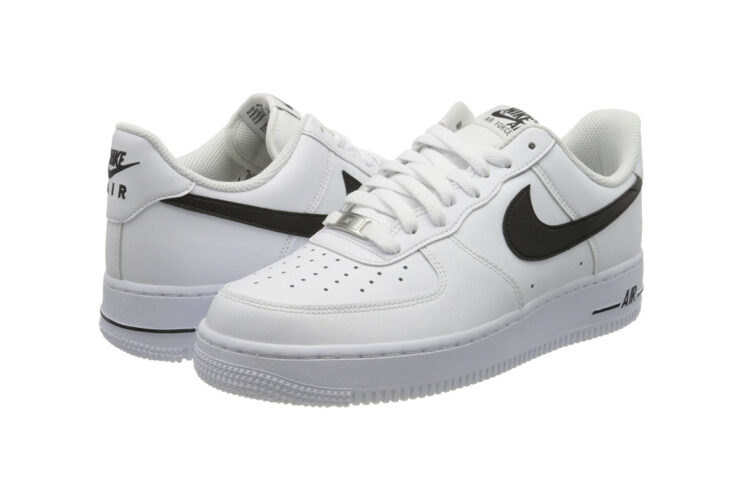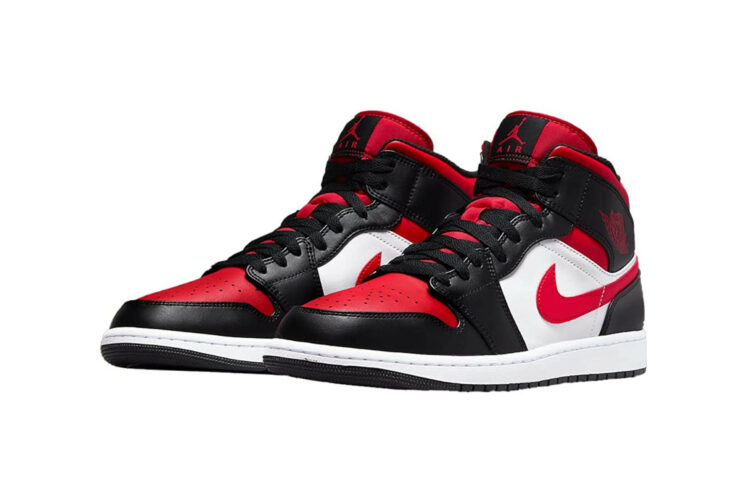The Air Jordan 4 was a special throw for Nike. Released in 1989, it was the first sneaker in the Air Jordan series to be sold around the world. Michael Jordan made an unforgettable statement with them in the 1988/89 playoffs during the deciding game: a buzzer beater that knocked the Cleveland Cavaliers out of the playoffs. This moment went down in basketball history as "The Shot."
The great success of the Air Jordan 1 motivated Nike to release a second model: the Air Jordan 2. This sneaker was also designed for NBA legend Michael Jordan. Peter Moore and Bruce Kilgore took care of the design. Released in 1986 and manufactured in Italy, the Air Jordan 2 did not have an easy start. As the successor to the Air Jordan 1, expectations were very high. It was not immediately met with enthusiasm, so it was more of a love at second sight.
Basketball vibes are clearly visible in the Nike Dunk High. It appeared at a time when college basketball was an extremely important element of youth culture. Everyone wanted to identify with their team and show that to the outside world. To this end, designer Peter Moore and a talented team designed a sneaker in 1985 that was then called "College Color High" and went on to enjoy huge success.
The Nike Dunk Low goes back to a model designed by Peter Moore in 1985 for the basketball court and the fans - in the twelve colors of the major colleges. The sneaker was a clear reference to the love of basketball. Then something unexpected happened: skateboarders started wearing the Nike Dunk with a low silhouette, i.e. the Dunk Low.
What do an airplane and a sneaker have in common? At first glance, very little. With the Nike Air Force 1, things are a little different. Its name was inspired by the presidential aircraft, the Air Force One. The Air Force One is a legendary aircraft - and the shoe from Nike has also become a legend among sneaker fans.
This sneaker made history: The Air Jordan 1 was developed for the basketball player Michael Jordan, who at that time (1985) shone with the Chicago Bulls and was under contract with Nike. The red and black shoe, which Michael Jordan wore from then on at his games, caused quite a stir, and not only among his fans: The color combination was actually not allowed by the NBA, as the dress code stated that shoes on the court had to be 51 percent white.








